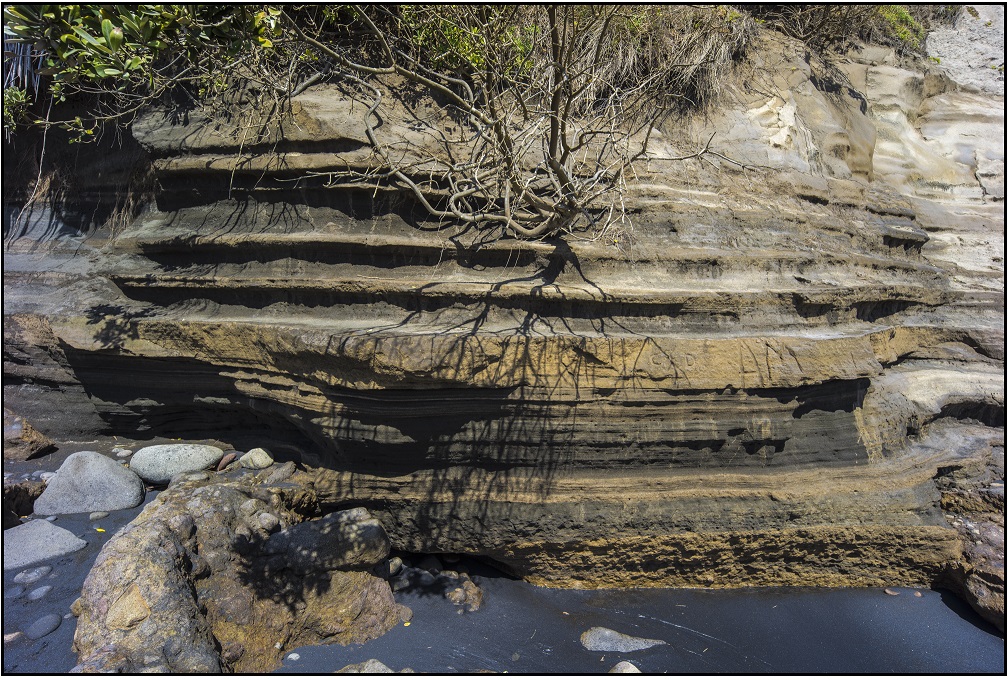

Sedimentologists Unite!

April 8, 2015
If sedimentology is the study of modern sediments such as sand, mud (silt) and clay and the processes that result in their deposition and, sedimentologists apply their understanding of modern processes to interpret geologic history through observations of sedimentary rocks and sedimentary structures, and as sedimentary rocks cover most of the Earth’s surface, record much of the Earth’s history, and harbour the fossil record then sedimentologists reconstruct past events to predict future events.
Sedimentologists unite – you are the authors of the future destiny of a multitude of products that modern society relies upon for its future wealth and very survival. From the use of stone and rocks in art and architecture including marble, slate and sandstone to industrial ceramics for bricks and cement. Sedimentologists study rocks for economic geology as rocks contain deposits of lead-zinc-silver, large deposits of copper, deposits of gold, tungsten, uranium, and many other precious minerals, gemstones and industrial minerals including heavy mineral sands ore deposits.
You look for and predict energy as petroleum geology relies on the capacity of sedimentary rocks to generate deposits of petroleum oils. Coal and oil shale are found in sedimentary rocks. A large proportion of the world’s uranium energy resources are hosted within sedimentary successions. And you know the value of groundwater as sedimentary rocks contain a large proportion of the Earth’s groundwater aquifers. Our understanding of the extent of these aquifers and how much water can be withdrawn from them depends critically on our knowledge of the rocks that hold them (the reservoir).
The aim of your research and study is to derive information and a coherent understanding of the evolution of the sedimentary sequences and thus, the Earth’s geological history as a whole. The scientific basis of this is the principle of uniformitarianism, which states that the sediments within ancient sedimentary rocks were deposited in the same way as sediments which are being deposited at the Earth’s surface today. Using superposition you interpret sedimentary sequences and often the deformation and metamorphic structure of the region and apply this knowledge to predicting what may happen next.
The methodologies you follow and the tools of your trade are numerous. At Van Walt we offer a selection of sediment sampling and soil analysis tools to help you in your work. Our equipment has been used for research in far flung places including the Democratic Republic of Congo, Sunderbans, India and the Middle East. For a taster of what we offer visit our Sediment equipment selection under Samplers, Augers and Corers.
You might also be interested in...
Van Walt Guidelines for sampling for PFAS in Groundwater
November 13, 2024We need to make clear, that at the time of writing, there are no ISO or EN standards which deal with the sampling of groundwater for PFAS.
Read MoreSpot measurement v. continuous environmental monitoring
August 25, 2023Environmental monitoring has developed considerably over the years. From the time when a consultant went out monthly or quarterly with a dip tape to monitor the groundwater level in a borehole, wind forward...
Read MoreMeasuring Nitrates (NO3, NO3-N) in the field
June 20, 2023The interest in Nitrates is nothing new. One way or another we have been measuring them for half a century.
Read MoreVan Walt Environmental Equipment
A small selection of our environmental equipment